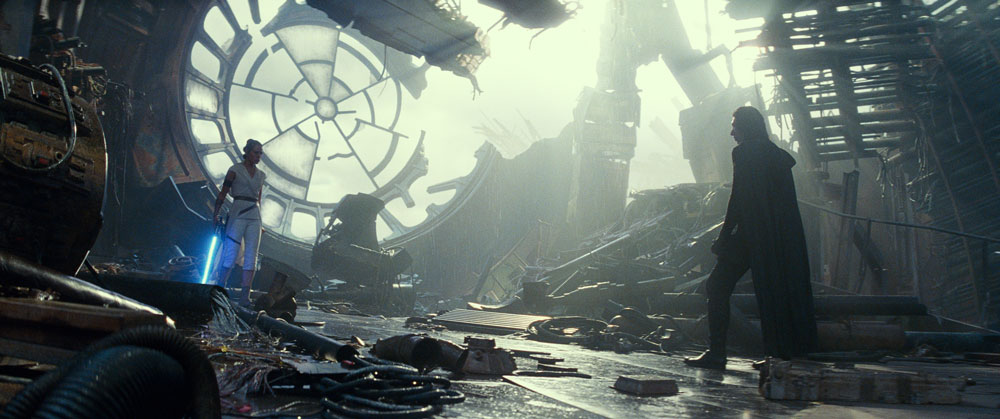Star Wars Must Grow Much, Much More
Even in a world where seemingly every movie is part of a universe, very few franchises are as dominating as Star Wars.
From the seeming end of the prequel trilogy in Episode III: Revenge of the Sith to the first of the sequel in Episode VII: The Force Awakens after Disney’s 2012 purchase of Lucasfilm, almost no other movie comes close to the cultural impact the space opera has.
This makes the result of the final trilogy all the more confusing.
With Episode IX: The Rise of Skywalker debuting to middling reviews and the lowest opening weekend of the trilogy ($177 million, compared to The Force Awakens’ $247 million and Episode VIII: The Last Jedi’s $220 million), it is hard to see how such a film could fail. Almost the entire original cast returned (even through CGI usage, with Peter Cushing’s Grand Moff Tarkin resurrected for Rogue One: A Star Wars Story); the familiar Rebels versus Empire battle was reused, if substituted with different names and characters that appeal to a wide demographic.
Yet fail it began to. Rogue One was beset with production problems, going through extensive reshoots throughout the summer of 2016 and its director, Gareth Edwards, was reportedly sidelined in post-production in favor of screenwriter Tony Gilroy. The Last Jedi, while a critical favorite for its subversive themes and story choices, faced audience backlash and troll campaigns that were influenced in part by Russian trolls. Solo, the only new film released in the traditional Star Wars month of May, heavily underperformed at the box office, grossing only $393 million against a budget of almost $300 million. Even The Rise of Skywalker had its issues, with its first director Colin Treverrow (Jurassic World) having to leave over creative differences. That brought back The Force Awakens’ J.J. Abrams, a haphazard production leading to a haphazard film.
With the Skywalker saga over, it’s time for Lucasfilm to reflect and look beyond. The Original Trilogy composed of a clear story: aspiring Jedi Luke Skywalker, and Han Solo, Leia Organa and a Rebel Alliance, must work together to defeat Darth Vader and the Galactic Empire. The prequel trilogy looked into Vader’s past as Anakin Skywalker and his fall to the dark side. The sequel trilogy, well, made money.
But money can result from fresh ideas, as evidenced by The Last Jedi’s Rian Johnson’s other film Knives Out. By exploring time periods not previously seen (perhaps in the Old Republic era previously seen in video games and novels) or tackling long-teased struggles between the Jedi and the Sith Orders, the franchise can expand on topics fans love while not relying on the characters that introduced them to them.




